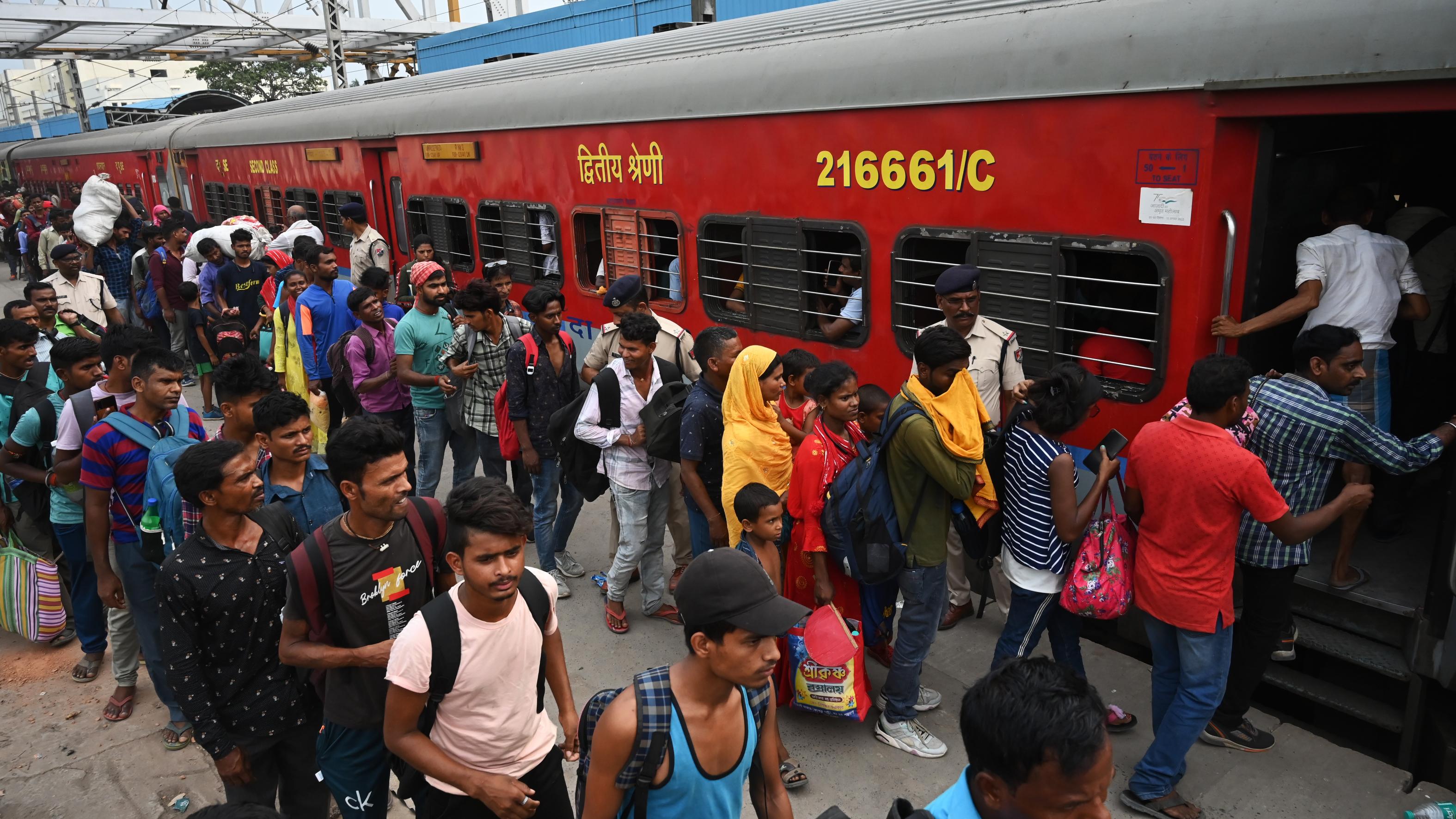 Passengers queue along a platform to board the Chennai-bound Coromandel Express at Shalimar station near Kolkata on June 7, 2023. One of the train services involved in a triple collision in India's deadliest railway disaster in decades resumed journeys on June 7, as officials revised the death toll up to 288. (PHOTO / AFP)
Passengers queue along a platform to board the Chennai-bound Coromandel Express at Shalimar station near Kolkata on June 7, 2023. One of the train services involved in a triple collision in India's deadliest railway disaster in decades resumed journeys on June 7, as officials revised the death toll up to 288. (PHOTO / AFP)
NEW DELHI — Serious challenges are being faced in identifying the dead bodies of last week's devastating train tragedy in eastern India, as most of the bodies were damaged beyond recognition.
The worst train accident in the past decade in India had occurred on Friday in Balasore district, Odisha, claiming at least 288 lives. Nearly 90 dead bodies are yet to be identified and handed over to their family members.
A detailed report from AIIMS is expected to be released in a week or 10 days
READ MORE: Minister: Signal system change behind India train disaster
In order to ensure proper identification of the bodies, DNA samples of as many as 30 persons were taken to Odisha's capital Bhubaneswar and would be sent to All India Institute of Medical Sciences (AIIMS), a Delhi-based ace medical institute.
A detailed report from AIIMS is expected to be released in a week or 10 days.
READ MORE: At least 261 dead in train accident in India's Odisha state
Asian News International (ANI) quoted an Odisha government official as saying, "We will be doing the DNA sampling of the unidentified bodies. The state government is working with the aim of avoiding any inconvenience to the affected families."


